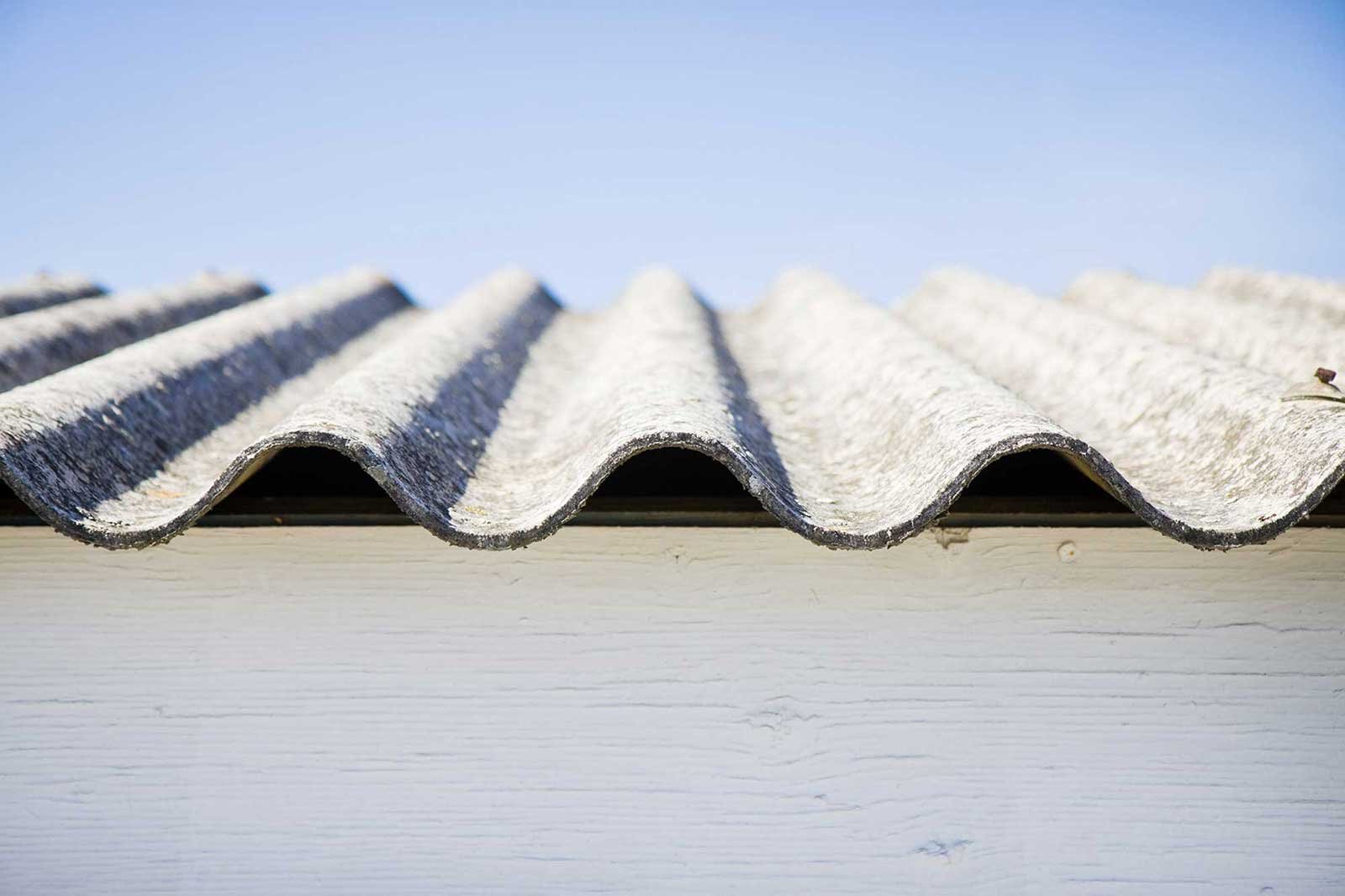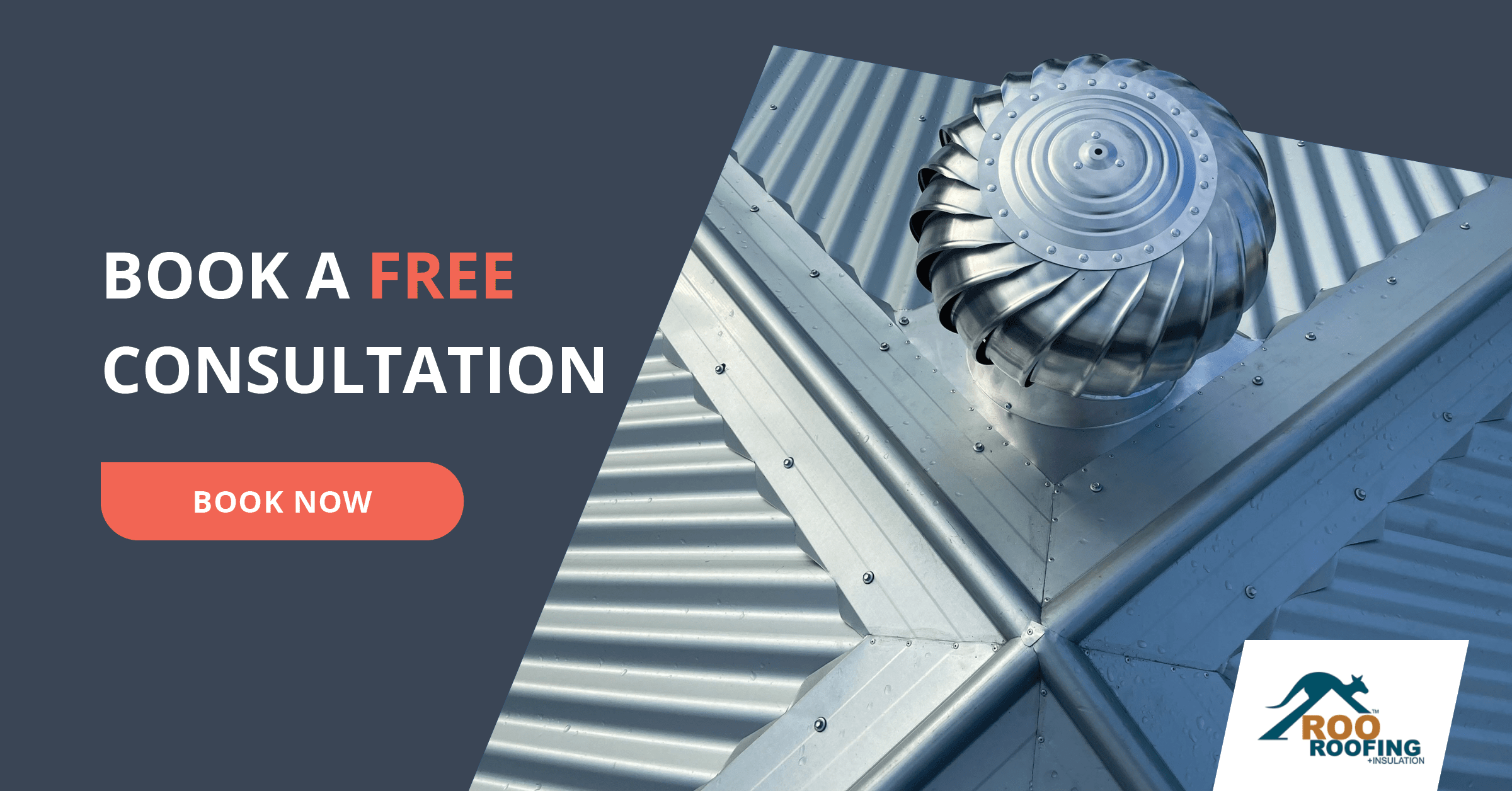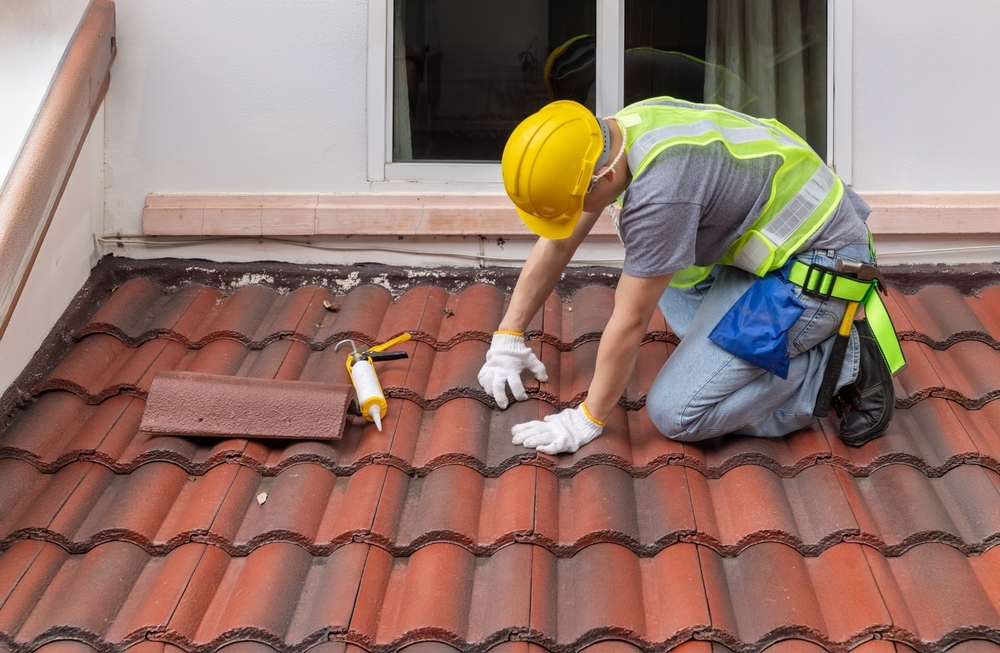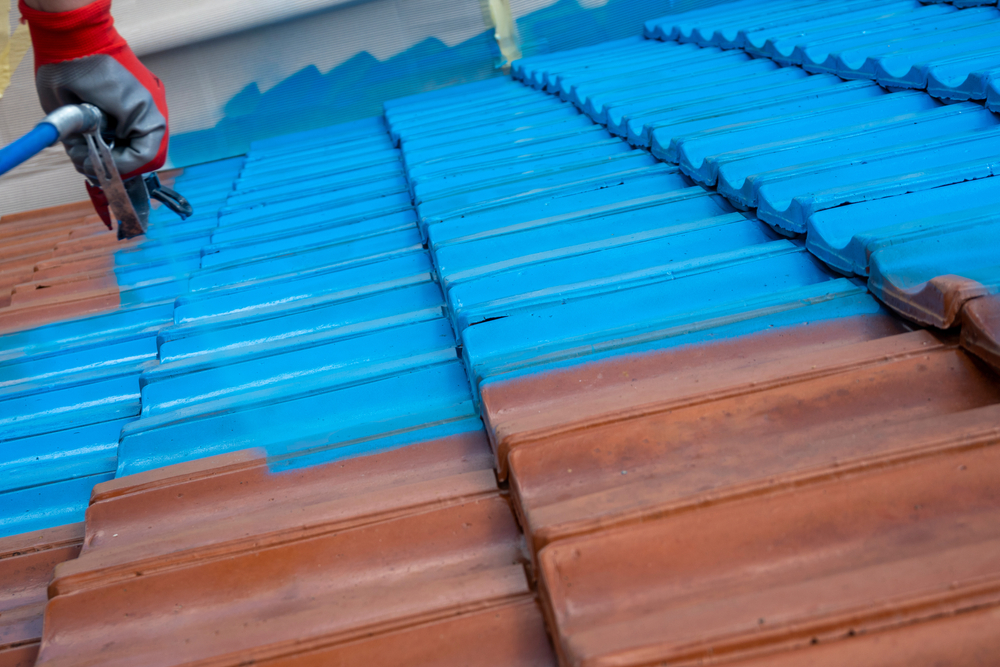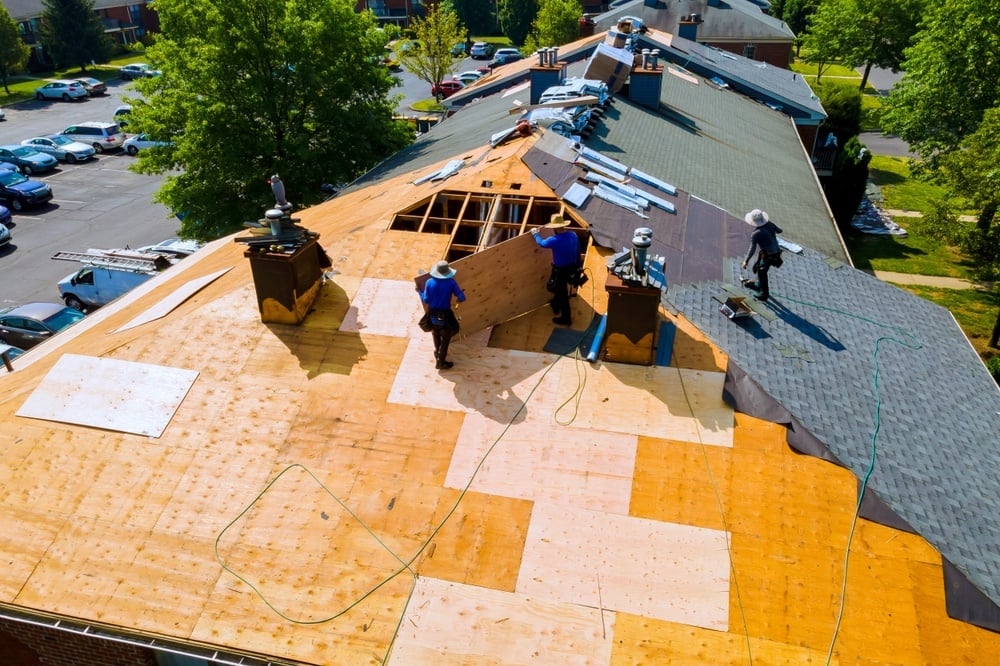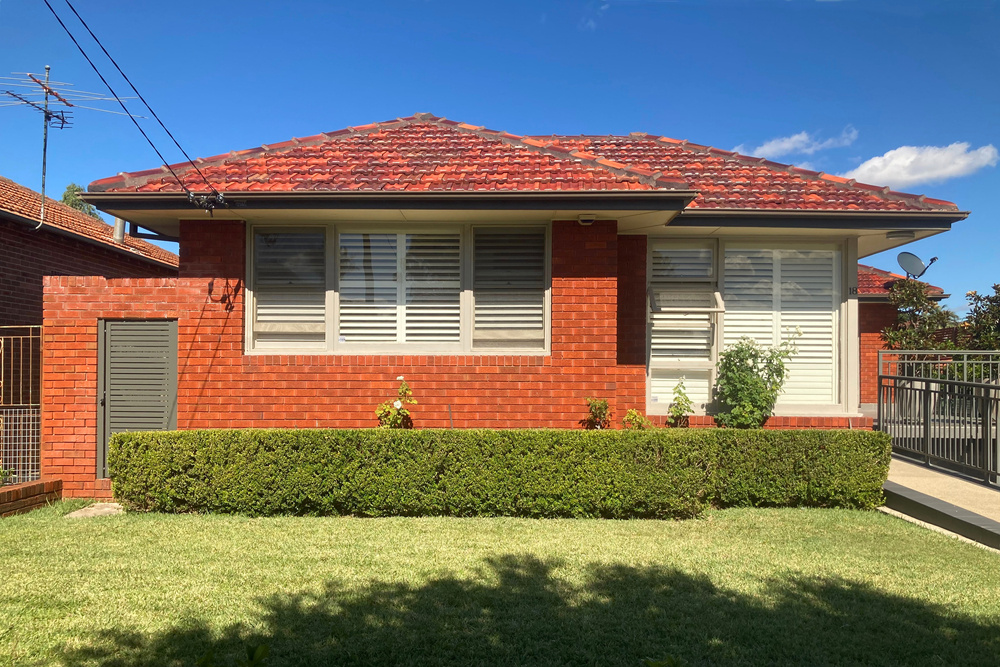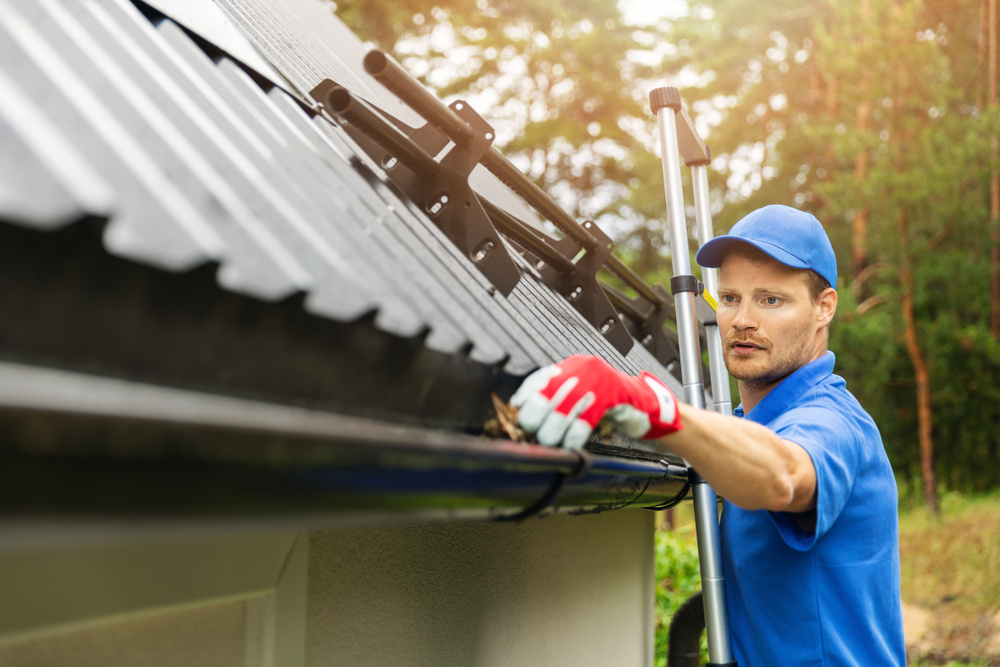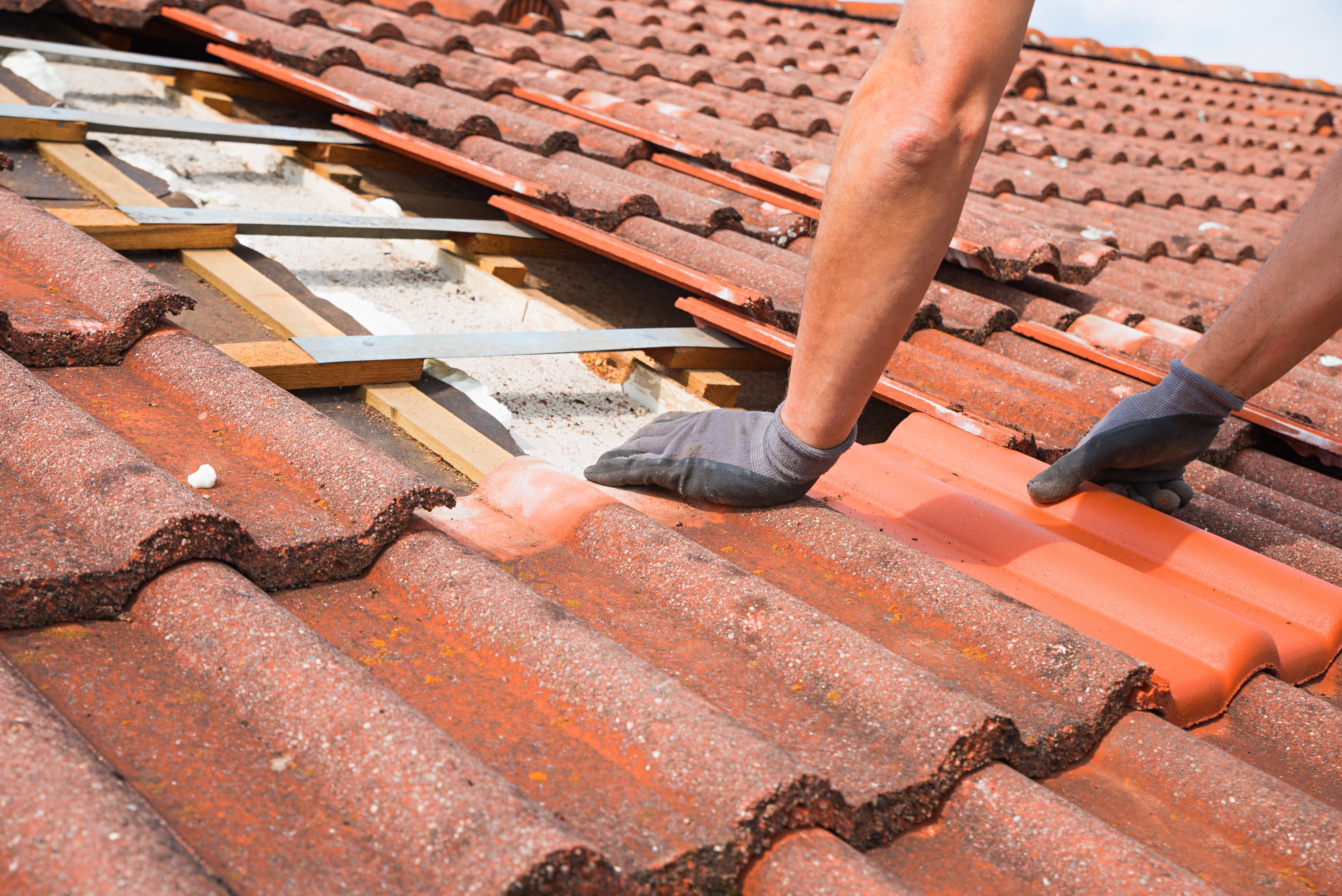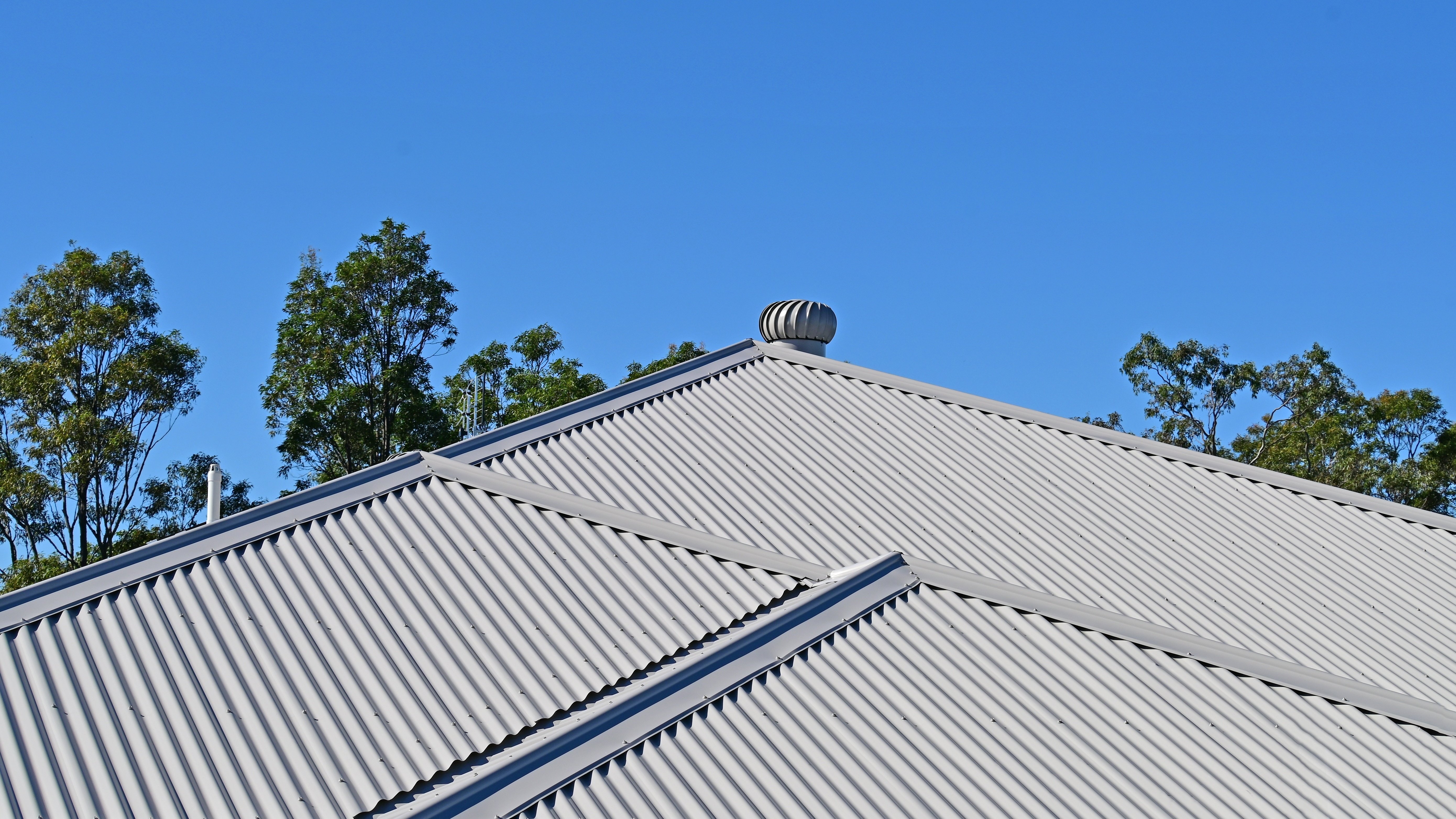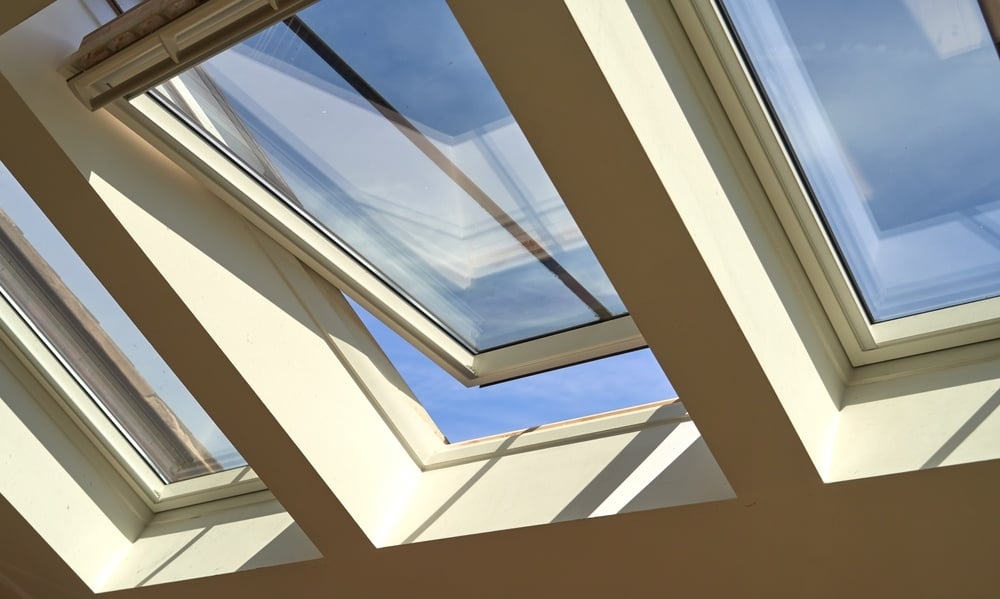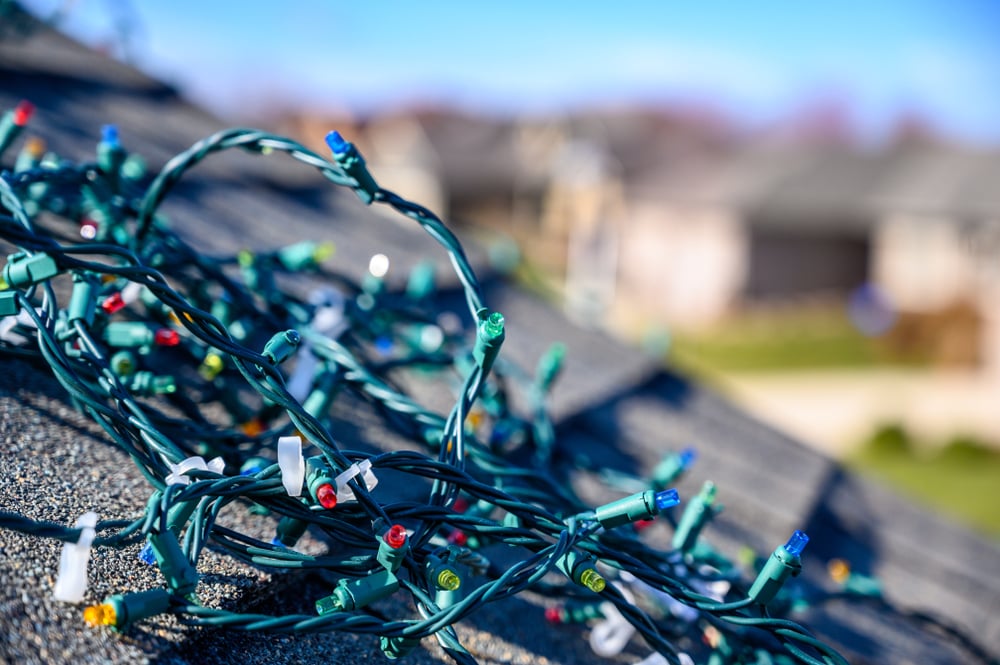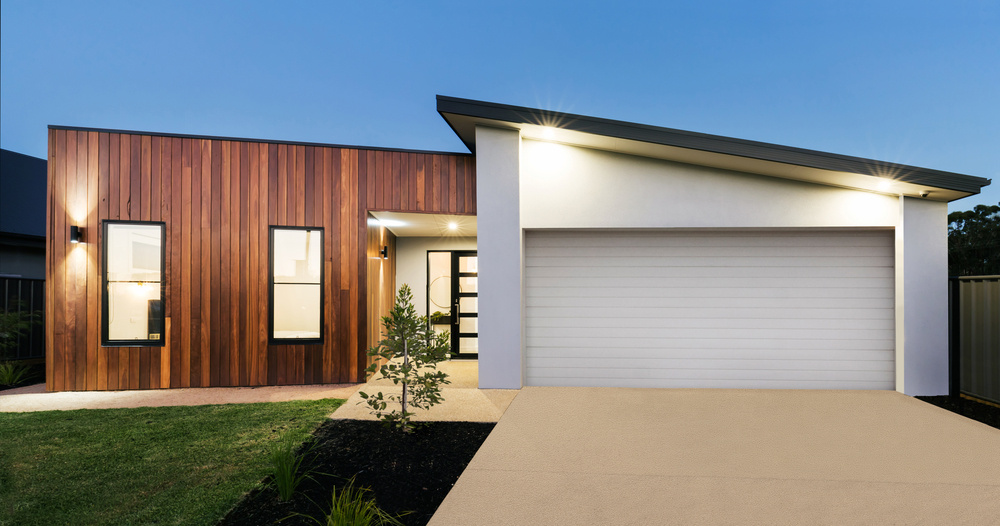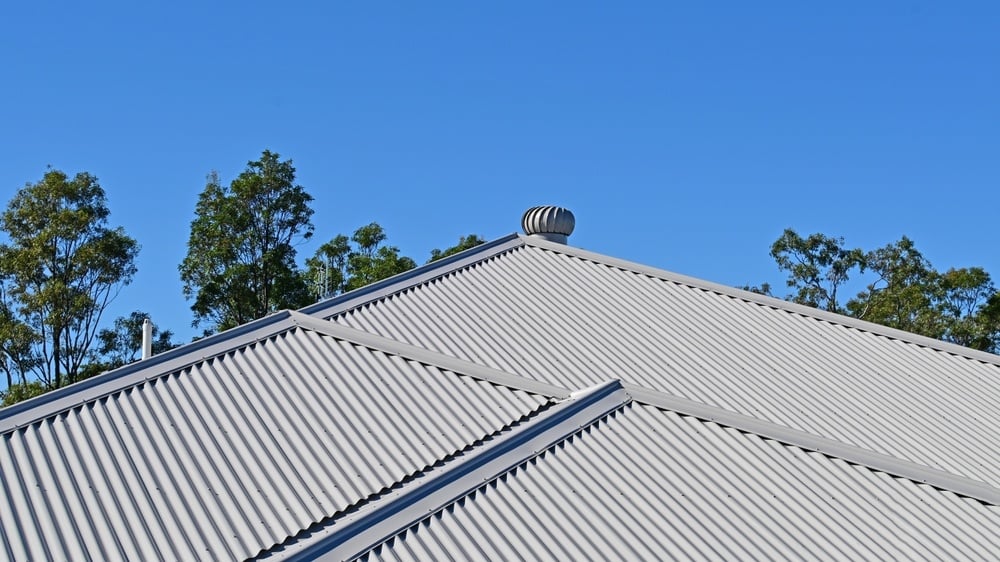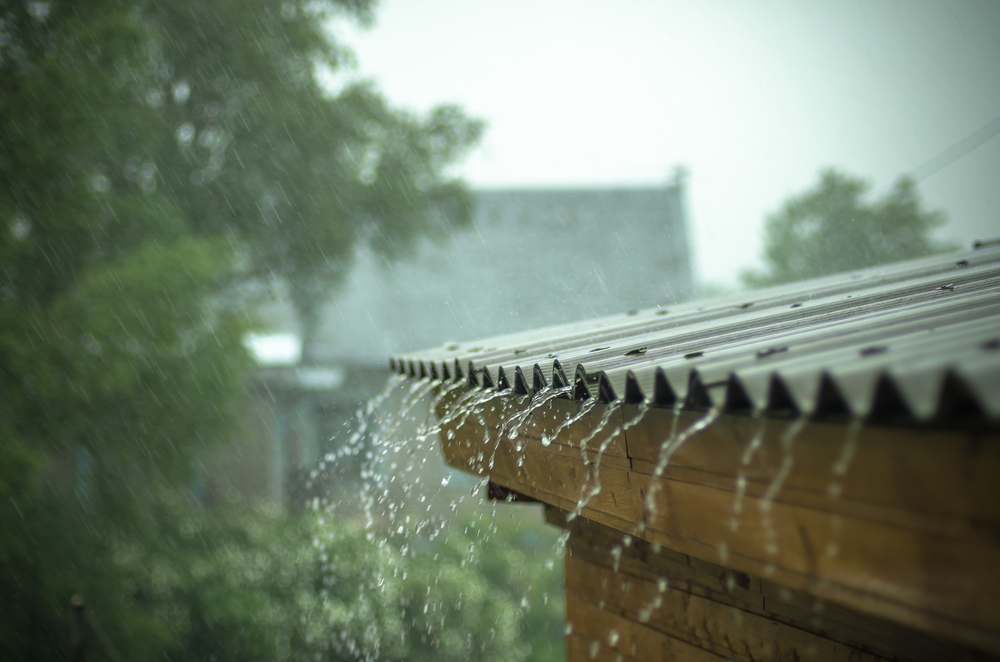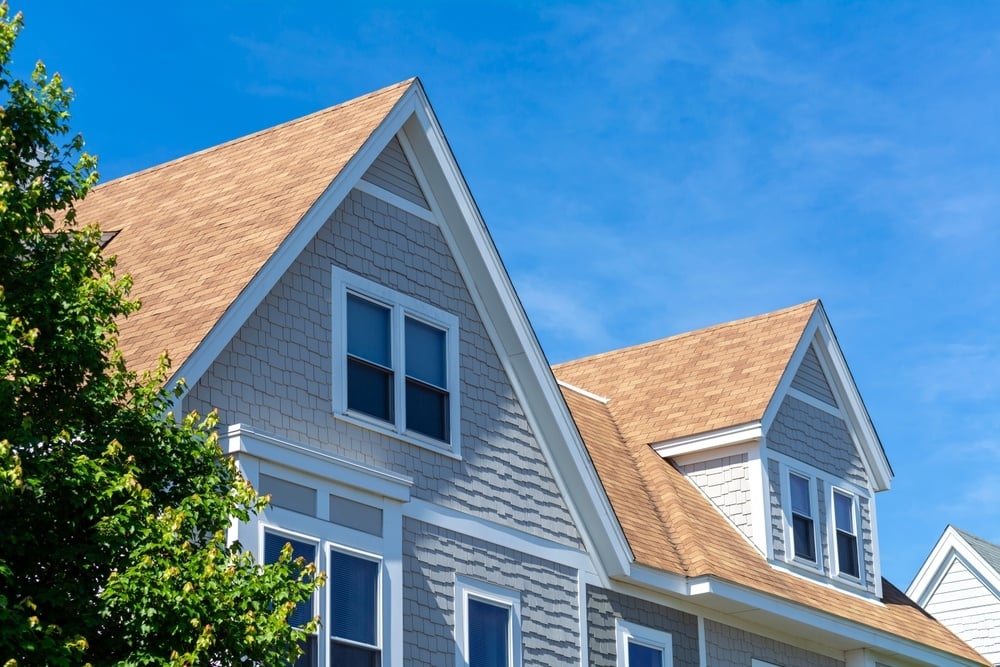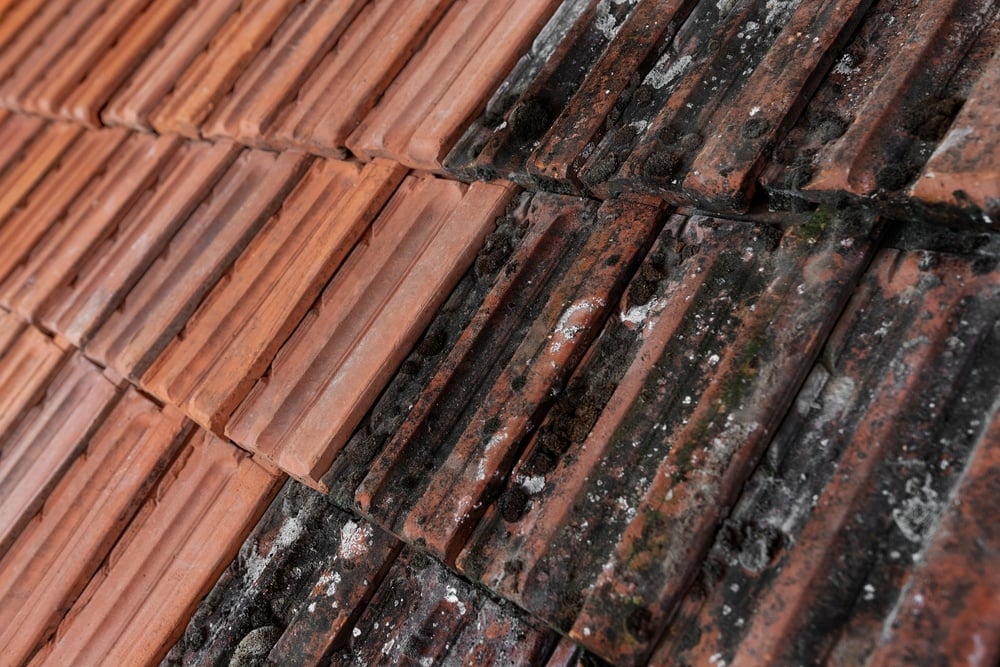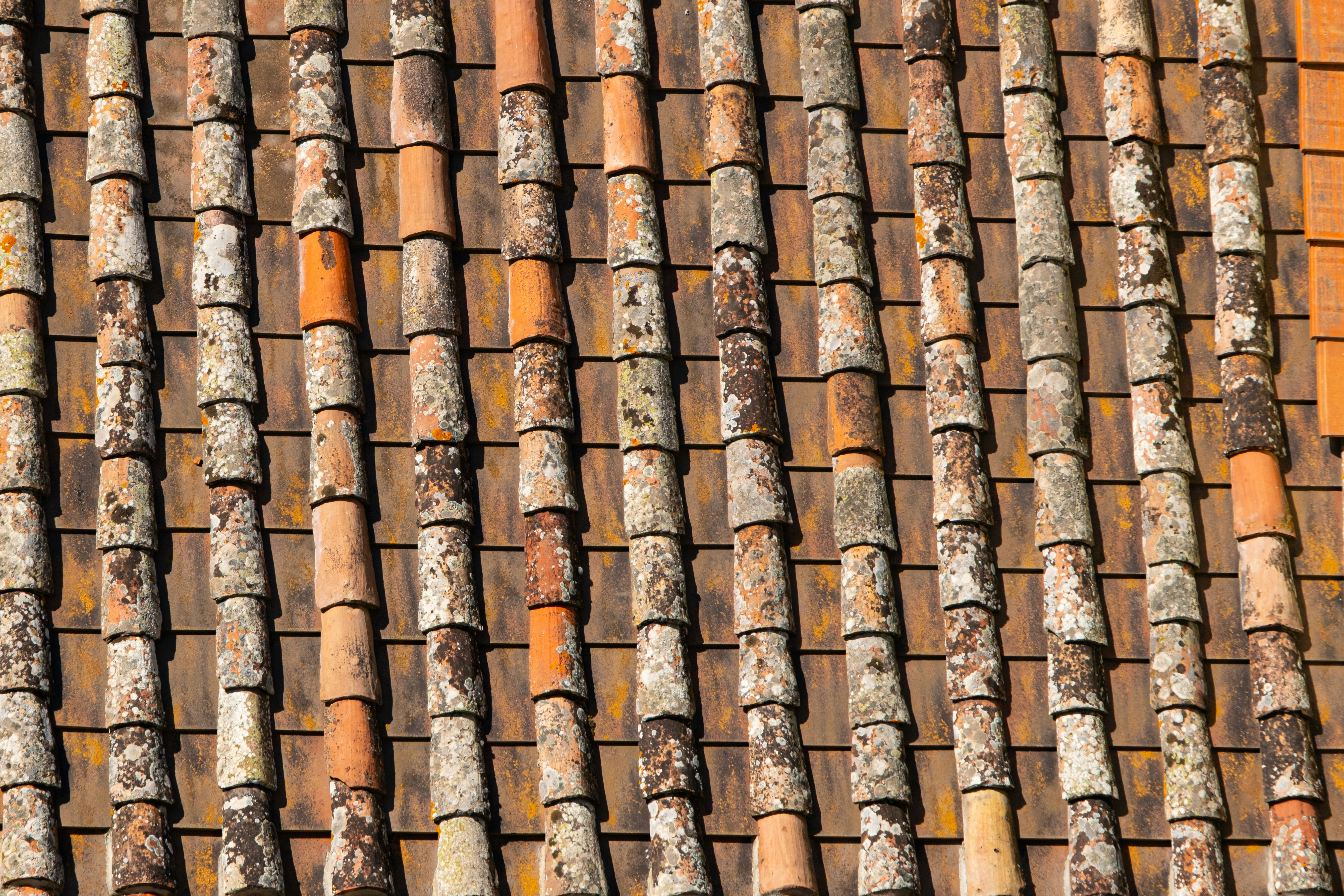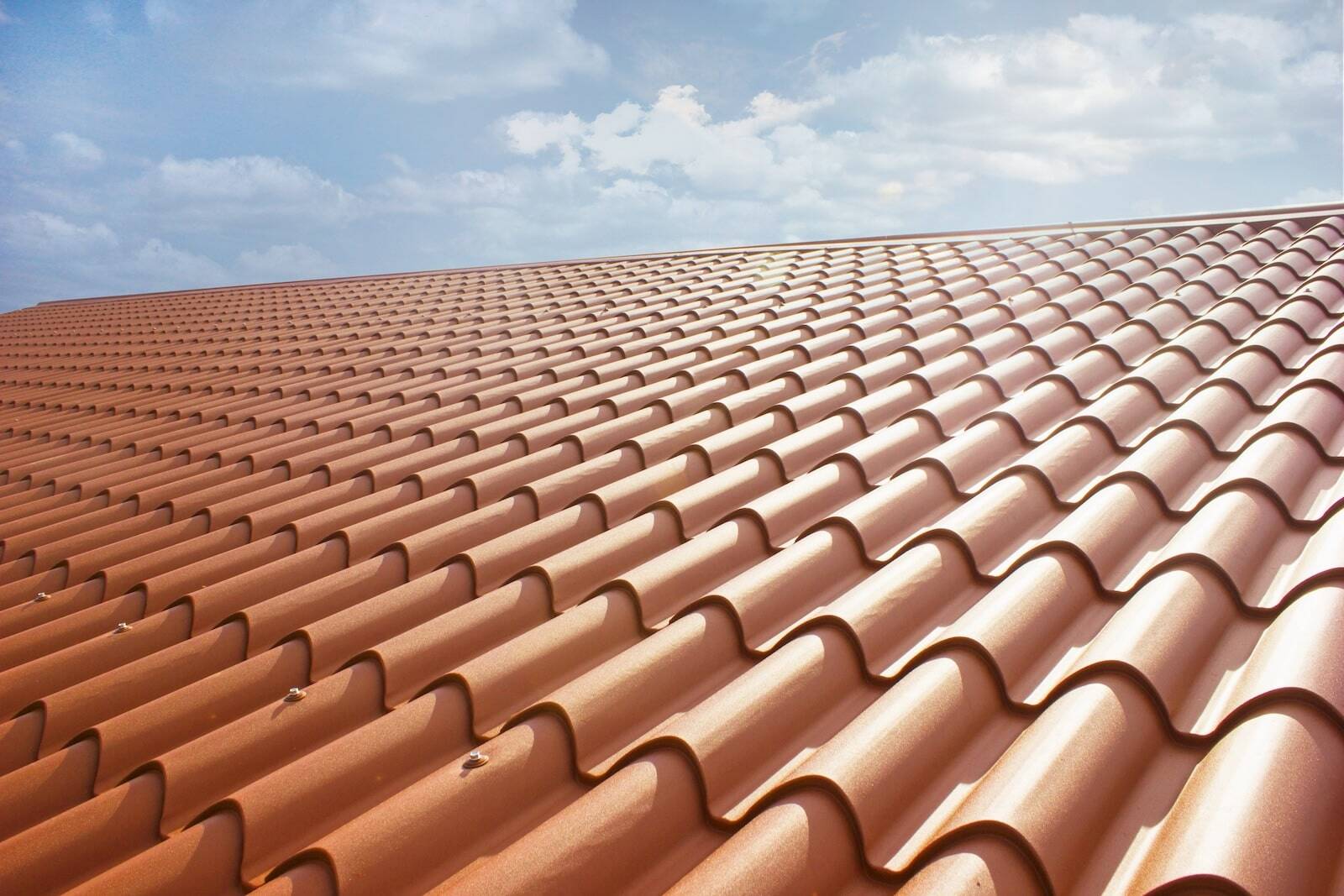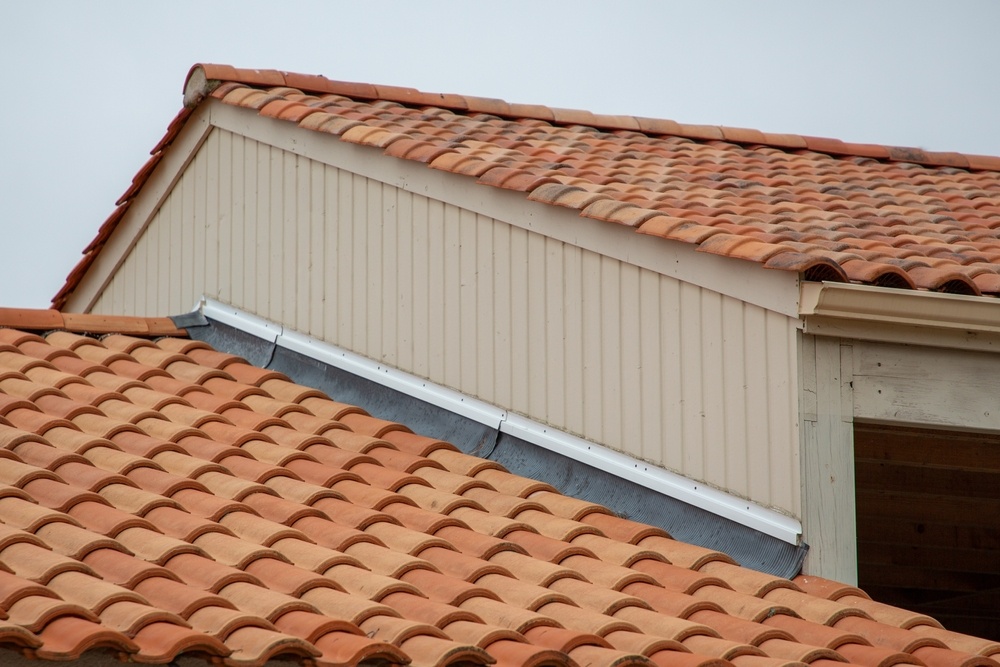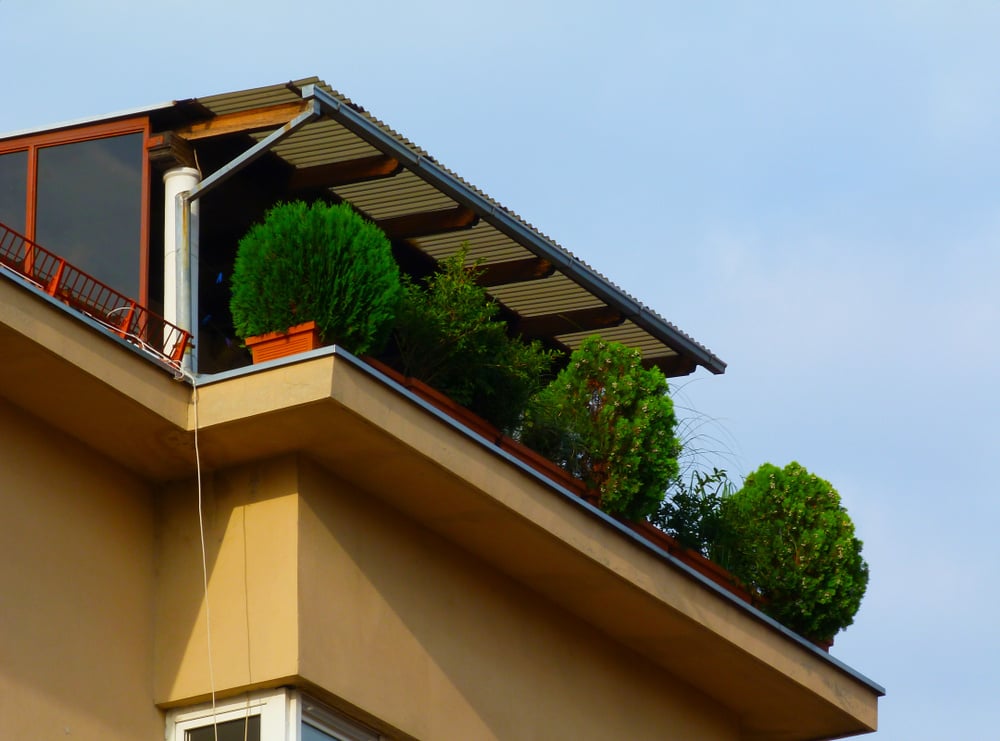
Feb
Comprehensive Guide to Parapet Roofs in Brisbane
Are you considering a parapet roof for your home in Brisbane? Or perhaps you’re wondering if you can restore an existing one? Roo Roofing has all the answers you need.
What is a parapet roof?
Let’s start from the beginning: Parapet roofs date all the way back to the middle ages, where they were built on castles for soldiers to hide behind. Simply put, a parapet roof is when a building’s outermost walls extend upwards past the roof around the edges, most often by a few feet.
Over time, parapet roofs have developed for more stylistic purposes - and they also offer solutions for a range of other roofing issues. We at Roo Roofing have restored and replaced many types of parapet roofs across Brisbane, but know that not everyone is as knowledgeable as us when it comes to what they’re built for.
Read on to find out exactly what a parapet roof is, and most importantly, if a parapet roof is right for you!
Types of Parapet Roofs
Plain Parapet Roofs
The most common type of parapet roof is the plain parapet. As the name suggests, this is a basic, flat wall extension. It makes the house look taller by extending the wall past the roofline.
Embattled Parapet Roofs
While embattled parapets aren’t commonly used in modern buildings, they can still be seen on older structures in Brisbane. These parapets, initially designed for castles, feature panelled and pierced designs for defensive purposes.
Modern architecture rarely utilises this style of parapet.Paneled Parapet Roofs
Similar to plain parapets but with ornamental panels facing outwards on display, paneled parapets are typically found on older roofs that might need restoring.
Sloped Parapet Roofs
Sloped parapets are used for sloping roof structures, often seen on industrial buildings.
Stepped Parapet Roofs
Used for inclining structures, stepped parapets add a staircase design along the roof’s incline for a more aesthetic look.In this case, the parapet would be constructed in a staircase design along the incline of the roof.
Curved Parapet Roofs
Curved parapets are mainly used for their visual appeal, adding a modern edge to buildings.
Modern Parapet Roofs
Modern types include fibreglass parapets and parapets with steel railings, common in new homes and commercial buildings for their aesthetic appeal and safety.
Benefits of Parapet Roof Designs
Enhanced Safety
One of the primary benefits of parapet roofs is their contribution to safety. The parapet acts as a protective barrier around the edge of the roof, preventing accidental falls. This is particularly valuable in buildings that require rooftop access for maintenance or other purposes, as it provides a safety feature for anyone working on the roof or near the edge.
Aesthetic Appeal
Parapet roofs also enhance the overall aesthetic appeal of a building. They add architectural detail, creating a more polished and finished appearance. Parapets can be customised in various styles, contributing to the building’s unique design. This is especially beneficial in commercial properties where curb appeal plays a significant role in attracting clients or tenants. Parapets can support the inclusion of features like rooftop gardens, terraces, or seating areas, transforming the roof into a functional outdoor space.
Energy Efficiency
Parapets can play a role in improving the energy efficiency of a building. By acting as a wind barrier, parapets help reduce the effects of wind exposure on the roof, minimising heat loss or gain. This contributes to a more stable internal temperature and can help lower heating and cooling costs. In colder climates, parapets can provide additional insulation, further boosting energy efficiency by reducing drafts and air leaks.
Concealing Roof Equipment
Another practical benefit of parapet roofs is their ability to conceal roof-mounted equipment, such as HVAC systems, antennas, and solar panels. By hiding these elements from view, parapets improve the building’s aesthetic appeal while also protecting the equipment from the elements. This added protection can potentially extend the lifespan of these systems by reducing wear and tear caused by exposure to weather conditions.
Why should I replace my Parapet Roof?
Knowing when to replace a parapet roof is crucial to maintaining the safety, efficiency, and integrity of your building. Here are some signs that indicate it may be time to replace your parapet roof:
1. Visible Damage or Cracks
If you notice visible damage such as cracks, gaps, or chips in the parapet wall, it's a sign that the structure may be weakening. These cracks can allow water to seep in, leading to further deterioration of both the parapet and the roof underneath. Over time, this could compromise the overall stability of the roof.
2. Leaks or Water Damage
Frequent leaks around the parapet or visible water damage inside the building are clear indicators that the roof may no longer be functioning as it should. A damaged parapet can cause water to accumulate and pool in certain areas, leading to rot or mold. If repairs don’t resolve the issue, it might be time for a full replacement.
3. Signs of Structural Wear
If the parapet roof shows signs of significant structural wear, such as sagging or leaning, this could be a sign of deeper structural issues. This can happen due to prolonged exposure to the elements, shifting foundation, or improper installation. Replacing the parapet roof is essential to prevent further damage to the building.
4. Deteriorating Flashing or Sealant
The flashing around a parapet roof is crucial for preventing water intrusion. If the flashing is rusting, cracked, or deteriorated, it could allow water to infiltrate the structure. If repairs aren’t sufficient, replacing the parapet roof and installing new flashing may be the best solution.
5. Age of the Roof
If the parapet roof is approaching or has surpassed its expected lifespan (typically 20-30 years for many types of roofing systems), it's a good time to start considering replacement. Older roofs are more prone to damage and inefficiency, and replacing the parapet can prevent costly repairs down the line.
6. Increased Energy Costs
If you notice a significant increase in heating or cooling costs, it could be a sign that the parapet roof is no longer providing adequate insulation or protection from the elements. A replacement can help improve the building’s energy efficiency by providing better insulation and weatherproofing.
Conclusion
In conclusion, a parapet roof can be an excellent choice for homeowners looking to enhance the safety, style, and efficiency of their home. Not only do parapets provide an extra layer of protection from falls, but they can also improve the overall aesthetic of your property, offering a clean and modern look. By carefully considering factors like materials, drainage, and design, you can create a roof that complements your home while adding value.
Whether you're aiming to reduce energy costs, protect your rooftop equipment, or simply elevate the appearance of your home, a well-designed parapet roof is a practical and attractive solution. Be sure to work with Roo Roofing to ensure your design is functional, durable, and tailored to your needs, giving you peace of mind and long-term benefits.



